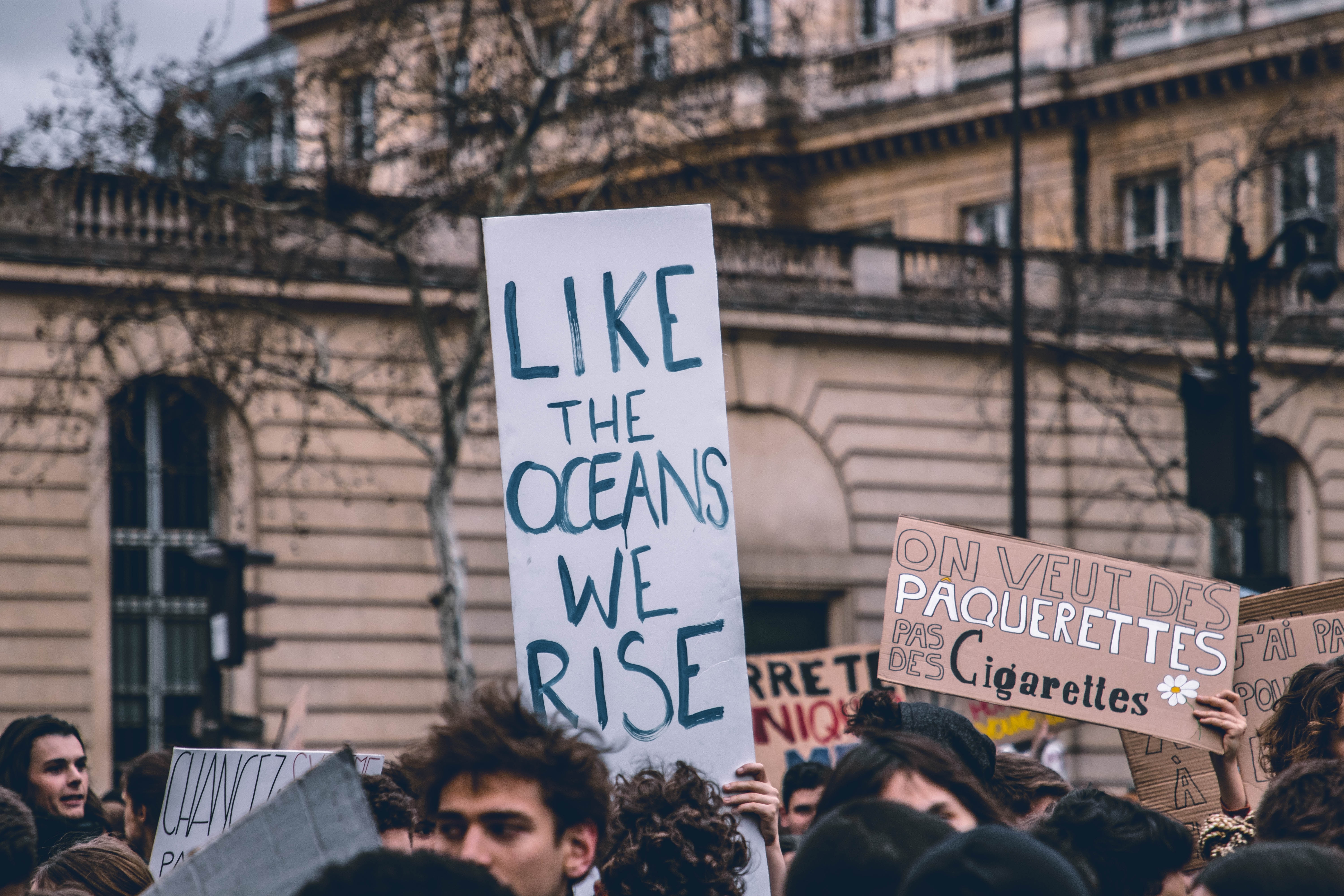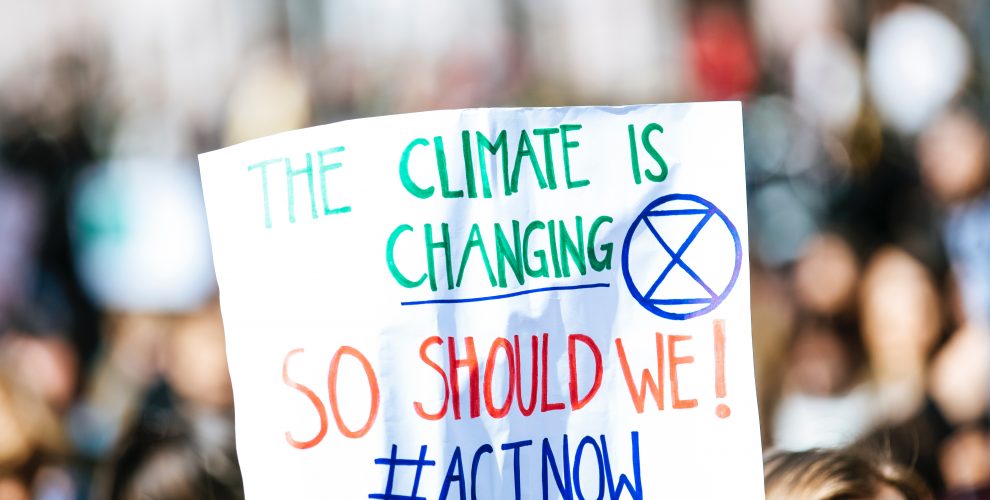This article was written by Bethany Morris, a content writer for the Immigration Advice Service, an organisation of immigration lawyers and solicitors which provides free legal aid support to asylum-seekers and refugees.
Since 2008, 26.4 million people a year are left destitute and displaced by the catastrophic and inescapable wrath of climate catastrophe. In attempts to rebuild their lives and escape what can often be dangerous and inhospitable conditions, thousands will choose to migrate to the UK, and even apply for British Citizenship, in search of calmer and more predictable weather environments. This group of affected individuals are commonly recognised as ‘climate refugees’ however, when it comes to UK law, there are few adequate protections to ensure their rights and safety in the country.
According to the 1951 Refugee Convention, a person must be escaping from direct persecution, which is usually based on the grounds of race, sexuality or religion, that threatens their life or safety to be considered a Refugee. This definition cannot be applied to displaced people, who are not persecuted by the environment, but simply fall victim to random events and conditions. This leaves a protection gap for the millions of men, women and children who fall prey to climate crisis-related issues. With the International Organization of Migration (IOM) predicting that there could be as many as 200 million Climate Refugees by 2050, and with climate breakdown already impacting the world’s ecosystems, the clock is ticking to ensure the rights of such people are protected in the wake of further climate catastrophes.

The Earth’s average surface temperature has risen by around 1.62 degrees Fahrenheit since the 19th century. This rise in temperature has been primarily induced by man-made emissions such as carbon dioxide consistently entering the earth’s atmosphere. With the ocean absorbing most of this rise in heat causing a spike in ocean temperatures, glaciers retreating, sea levels rising, and arctic ice declining rapidly, the threats to humanity are real. Predictions for the long-term impacts of climate breakdown suggest that all corners of the globe will be impacted by reduced agricultural yields, an increased risk of floods and coastal erosion, species extinction and an increase in the frequency and duration of heat waves. Such harsh conditions will force many to appeal for resettlement in new areas, but this will not be a straightforward process. As climate-induced displacement falls outside the definition outlined in the Refugee Convention, refugees such as the 200,000 Bangladeshis made homeless each year due to river-bank erosion cannot be classified as refugees in law, and risk finding themselves trapped in their home countries and at the mercy of relentless climates.
Although no-one is immune to the risk of environmentally-induced displacement, the poorest members of society will be affected the most by its impacts. Those of a lower socio-economic status are more likely to live in precarious environments, exposed to harsher weather conditions such as drought or flood prone land – these people often have fewer resources at their disposal to tackle the harsher conditions presented by climate breakdown. According to an Oxfam report, the poorest 50% of the population emit only 10% of emissions whereas the richest 10% are responsible for 50%. Western society, notoriously consumer driven and materialistically focused, has become centred around demands of instantaneous convenience, meaning the use of technology, cars and single-use plastics have become the cornerstone of global north countries. If we are to limit the number of environmental catastrophes, displacements and mass movement of people, the power to do so rests on the shoulders of global north countries such as the UK to protect the livelihoods of those further afield.

In response to the threats presented by climate breakdown and the rise of displaced peoples, various debates are taking place to discuss how best to lawfully define climate refugees. Although much more debate and legislation are needed, some of the current work taking place already seems promising. For example, The Nansen Initiative which is primarily funded by Norway and Switzerland, has worked on closing the protection gap for displaced persons, resulting in the creation of the Platform on Disaster Displacement of which the primary objective is to ‘follow-up on the work started by the Nansen Initiative and to implement the recommendations of the protection agenda’. The aim of the protection agenda is to prepare for the prospect of future displacements and aim to prevent such situations from occurring in the future.
Even though the terms environmental or climate refugees are regularly used to define those displaced by environmental catastrophe, these definitions are not written into law, leaving those forced to seek shelter in other countries in a legal grey area. To adopt a definition which recognises and protects displaced persons, it must take into consideration an array of factors. For example, researchers Docherty et all (2009) suggest that the definition of a climate refugee must be inclusive and include ‘forced migration, temporary or permanent relocation, movement across the borders, disruption consistent with climate change, sudden or gradual environmental disruption, and a more than likely standard for human contribution to the disruption’. Legislation should also maintain an unwavering focus on preventative measures such as environmental and climate-focused solutions to reduce the impacts of the climate crisis, prevent displacement and reduce the level of associated mass migration.


